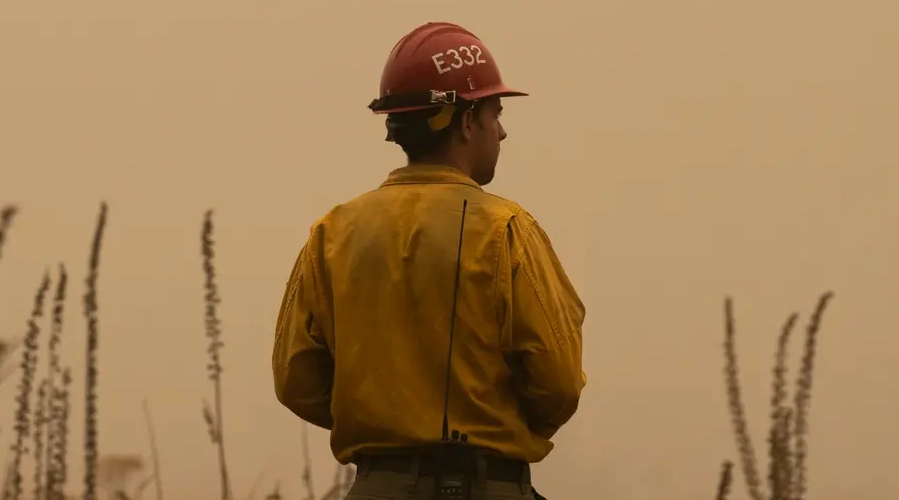Oregon Wildfire Map Controversy: How Misinformation Trumped Science and Public Safety
In the aftermath of Oregon’s devastating 2020 fire season, a well-intentioned effort to map wildfire risk for every property in the state spiraled into a maelstrom of misinformation and political maneuvering. The map, commissioned by state lawmakers, was meant to inform fire-resistant building codes and prioritize mitigation efforts in high-risk areas. However, it quickly became a scapegoat for rising insurance premiums, fueling conspiracy theories and ultimately leading to its demise.
The seeds of discontent were sown when insurance companies, using their own proprietary risk assessments, began dropping policies and increasing rates for Oregon homeowners. Some insurance brokers, however, misrepresented the situation, falsely blaming the state’s newly released wildfire risk map for the insurance industry’s actions. This narrative gained traction on social media and even in some mainstream news outlets, despite official denials from insurance regulators and the companies themselves.
Public anger escalated rapidly. The map was not only accused of driving up insurance costs but was also portrayed by some as a sinister government plot to “depopulate rural areas.” Conspiracy theories, including allusions to “Agenda 21,” proliferated online, further inflaming public opinion and poisoning the well of reasoned discussion. Even with attempts to clarify the map’s purpose and correct misinformation, the narrative had taken hold, and public trust eroded.
The political fallout was swift and decisive. Republican lawmakers seized on the controversy, leading a campaign to repeal the map. They amplified the public’s concerns, portraying the map and associated fire-safe building codes as an overreach of government authority and a threat to property values. The campaign resonated with a public already primed to distrust government action, and the pressure on state officials mounted.
Despite the efforts of wildfire experts and some lawmakers to defend the map and its underlying science, the tide of public opinion had turned. Confronted with widespread opposition and a toxic political climate, state officials first withdrew the initial map and then, after a revised version was met with continued resistance, ultimately repealed it along with associated fire safety regulations. The decision marked a victory for misinformation and a setback for proactive wildfire mitigation efforts.
The saga of Oregon’s wildfire map serves as a cautionary tale about the power of misinformation in the digital age. It highlights the vulnerability of science-based policy to distortion and manipulation, particularly in the absence of clear and proactive communication. The decision to repeal the map, driven by political expediency and fueled by misinformation, not only undermined efforts to improve wildfire safety but also demonstrated how easily public fear and distrust can be exploited to derail even the most well-intentioned initiatives.


